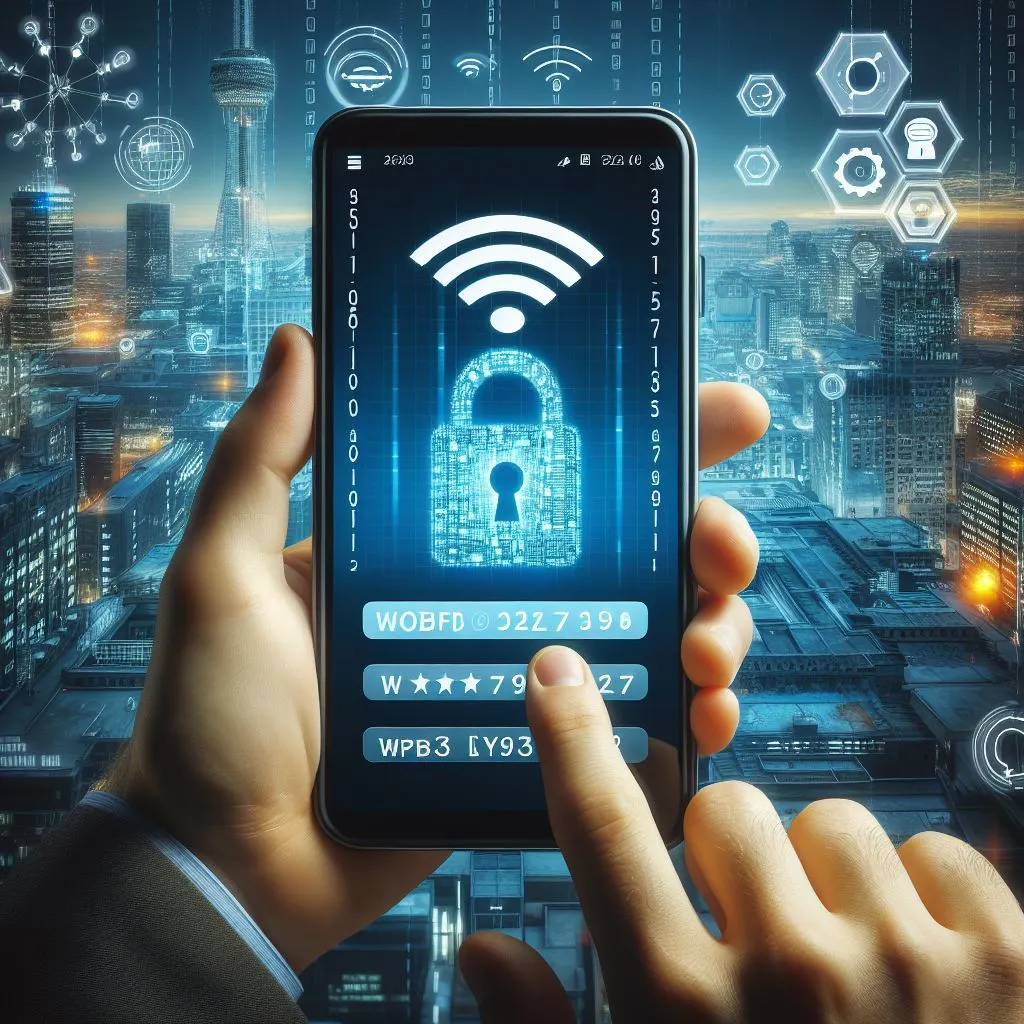In this evolving smart world smart home Security is highly essential to protect your overall safety. Because the convenience offered by smart home technology should not compromise the privacy, data, and overall safety. In this context, Taking preventive measures to secure your smart home is essential.
Here is your ultimate Smart Home Security guide to Secure Your Home
In this short Smart Home Security Guide we are providing some of the best tips to help you enhance the security of your smart home devices to prevent potential security breaches.
Secure Your Wi-Fi network and devices:

- Set a strong, unique, complex password for your Wi-Fi network.
- Always Use WPA3 encryption enabled devices/Wi-Fi Routers..
- Change your Wi-Fi password regularly.
Update firmware/Software/Apps regularly:
- Keep all your smart devices’ firmware and software up to date.
- Enable automatic updates if possible to ensure you have the latest security patches.
Use strong, unique, Complex, unpredictable passwords:
- Change default usernames and passwords on all devices, apps, platforms you use. Never use default username and passwords.
- Use complex passwords that include a mix of letters, numbers, and special characters. Never Use your Personal information in password. Ex. Name, Date of Birth, etc.
Enable two-factor authentication (2FA) or USB security key (Hardware Token) if supported.
- Enable 2FA whenever possible to add an extra layer of security. Use USB security key (Hardware Token) if possible. This will increase overall safety.
Segment your network:
- Use VLAN/Guest Mode supported Wi-Fi Router. Learn more about VLANs: Click Here
- If your router supports VLAN or guest network functionality, set up a special network for your smart home devices. This helps to limit potential breaches.
Regularly check device permissions:
- Always Review and update granted permissions for each smart device/apps/platforms you use, grant only necessary access.
Implement Geofencing Feature:
- Geofencing allows you to create virtual boundaries for your Smart Home devices, enabling them to adjust settings based on your location. Use this feature to automatically secure or activate specific devices when you leave home.
Backup Smart Home Configurations Regularly:
- Generate regular backups of your smart home devices’ configurations and settings. Backups ensure quicker recovery and prevent the loss of crucial data in the event of a security breach or device malfunction.
Disable unnecessary features:
- Turn off features you don’t use, if it’s not needed. This not only limits the attack surface but also reduces the amount of data collected by these devices, so increasing your overall privacy.
Use Firewall:
- Install a firewall for your home network to monitor and manage incoming and outgoing traffic. This extra layer of security helps to sniff out possibly harmful activities whilst also providing additional defense against unauthorized access.
Monitor network traffic:
- Use network monitoring tools to keep track of the traffic generated by your smart devices. Unusual activities may signal a security breach.
Isolate IoT Devices:
- Consider Separate Network connections for your IoT (Internet of Things) devices and computers, smartphones. This will help you to prevent potential breaches and unauthorized access to sensitive data.
Secure physical access:
- Keep devices in a secure location, Hide Networking Cables, and avoid placing cameras in private areas.
- Lock down physical access points like doors and windows to prevent unauthorized access.
Regularly audit your Smart Home Security and remove unused devices:
- If you stop using a smart device, remove it from your network and reset it to factory settings.
Use reputable brands and vendors:
- Choose devices from well-known and reputable manufacturers with promised security updates/upgrades.
Review privacy policies:
- Understand the privacy policies of the devices, services and platforms you use to ensure they align with your expectations.
Secure voice-activated devices:
- Change the wake words if possible, and analyze the voice command history on a frequent basis. Be cautious regarding sensitive conversations with these devices.
Stay informed about Latest Tech:
- Keep up to date with news and updates related to smart home security. This knowledge can help you adapt to new threats and vulnerabilities.
Always remember that every technology has some pros and cons. So, in keeping mind the cons always follow security guidance. Following these tips, you can significantly improve the overall security of your smart home and minimize the risk of unauthorized access or data breaches.
Some FAQs for you:
Why is it so important to secure my smart home devices?
Securing your smart home devices is critical for ensuring your privacy, data, and overall safety. The risk of security breaches and unauthorized access grows as the number of networked devices increases.
How can I secure my home Wi-Fi network?
Use a strong, unique, unpredictable password to secure your home Wi-Fi network, enable WPA3 encryption (if available), and create a separate network for your smart devices. To improve security, make sure your password is updated on a regular basis.


